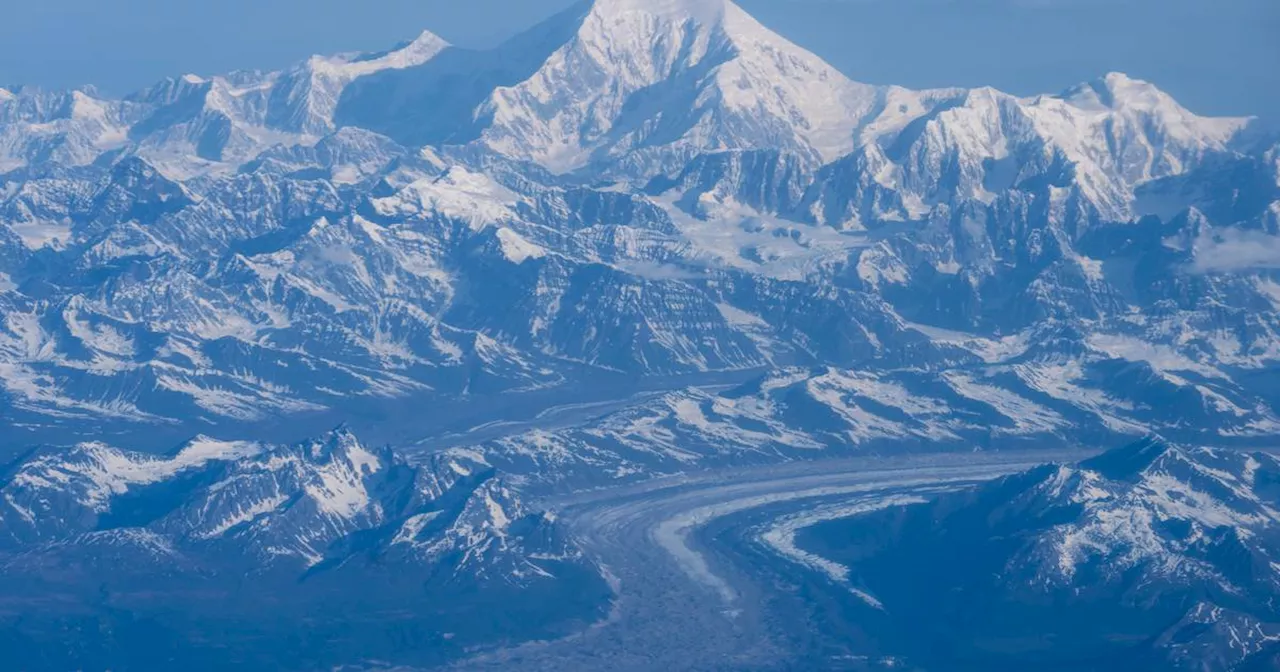This article explores the contrasting personalities and mountaineering experiences of Frederick Cook and Hudson Stuck, two individuals who attempted to summit Denali, the tallest mountain in North America. It delves into Cook's controversial claims and questionable documentation, highlighting his tendency for embellishment and his eventual conviction for fraud. In contrast, it portrays Stuck as a respected figure who championed the rights of Alaska Natives and sought a more ethical approach to exploration.
Two different mountain climbers, two different approaches to the tallest mountain in Alaska. People present as a near-infinite combination of behavior, experience, and appearance, complicated and ever-changing. As humans, we share common drives for food, safety, and companionship but are yet never quite the same. And this variety can be illustrated by the diverging lives and lifestyles of Frederick Cook and Hudson Stuck .
Frederick Cook (1865-1940) was a physician, ethnographer, and polar explorer with a pronounced habit towards incredible stories and questionable documentation. People contain multitudes. He was the heroic doctor who saved the 1897-1899 Belgian Antarctic Expedition when most of the crew, including Roald Amundsen, were crippled with scurvy. Amundsen described Cook as “the one man of unfaltering courage, unfailing hope, endless cheerfulness, and universal kindness.” Cook was also later convicted of mail and stock fraud, and subsequently spent several years in prison. He was many things. Unfortunately for his legacy, he too often played the conman. In his lifetime, he was best known for his claim as the first man to reach the North Pole, allegedly accomplished in 1908. Many thousands of words, liberally spiked with hundreds of technical details, have been spilled from either his defenses or the lengthy, numerous rebuttals. To save you time, to believe Cook reached the North Pole is to take him at his word and nothing else, given the lack of other credible evidence. His northernmost position was likely still hundreds of miles from the pole.Before the polar expedition that defined the rest of his life, Cook wanted to climb the tallest mountain in North America. He called it Mount McKinley. In a 1913 article for Overland Monthly, he wrote, “Mt. McKinley, by sheer altitude, not by latitude, pushes its ice-bejeweled crown into the realm and research of the Boreal midnight sun. For centuries, the Indians watched with awe and admiration this midnight summer midsummer fire in all its crowning glory above the clouds, while the lower slopes were bathed in the chilly blue of the sub-Arctic night. For this reason, if for no other, Mt. McKinley is the world’s most remarkable mountain.” In 1903, he visited Alaska and explored around what is now Denali National Park. In 1906, he returned, prepared to ascend to the peak. According to Cook, he was successful, reaching its peak on Sept. 15. However, again per Cook, his instruments failed him, and he could not accurately measure the mountain’s height. The Fairbanks Evening News article on the announcement is perhaps sarcastically titled: “Mt. M’Kinley Is Somewhat High.” Prepared for the inevitable questions about proof, he also took several photos, including one with a team member atop a summit and holding a flag. Cook said it was the summit of the mountain, evidence of a significant achievement. Oh, it was a summit alright, just not that one. Belmore Browne and Herschel Parker were members of that 1906 team but left before Cook’s supposedly successful ascent. In 1910, they found the rock formation where the summit photo had been taken. Now known as False Peak, it lies several miles from the mountain proper. Bradford Washburn (1910-2007), the celebrated mountaineer and photographer, spent decades documenting Cook’s duplicity, work finally collected into the 2001 book “The Dishonorable Dr. Cook” by Washburn and Peter Cherici, an excellent read for anyone who wants to know more.Frederick A. Cook's picture of Ed Barrill atop a peak claimed to be Denali but actually almost 20 miles away. (Public domain photo via Wikimedia Commons) One Alaskan’s comment about Cook deserves a brief mention. Harry “Jumbo” Haynes was also a member of the 1906 team. In 1909, Haynes called Cook a “four flusher,” an interesting historical insult. From the “flusher” part of the term, you might think it’s a scatological turn of phrase, but it actually refers to poker, as in someone who is a card short of a flush. A four flusher therefore is someone who bluffs with a worthless hand. In other contexts, like mountaineering, a four flusher is a braggart or liar. Hudson Stuck (1863-1920) was an Episcopal priest and author. On one hand, he was a staunch and repeated advocate for treating Alaska Natives with dignity and respect. On the other hand, his approach was sometimes ethnocentric and paternalistic. He was warm and caring, but also thought he knew better how to do things. Nobody is just one thing. When he died at Fort Yukon, he was buried according to his wishes, in the local cemetery. In 1913, Alaskan guide Harry Karstens invited him on an ascent of the mountain. Stuck called it Denal
Denali Frederick Cook Hudson Stuck Mountaineering Alaska History Exploration Deception
United States Latest News, United States Headlines
Similar News:You can also read news stories similar to this one that we have collected from other news sources.
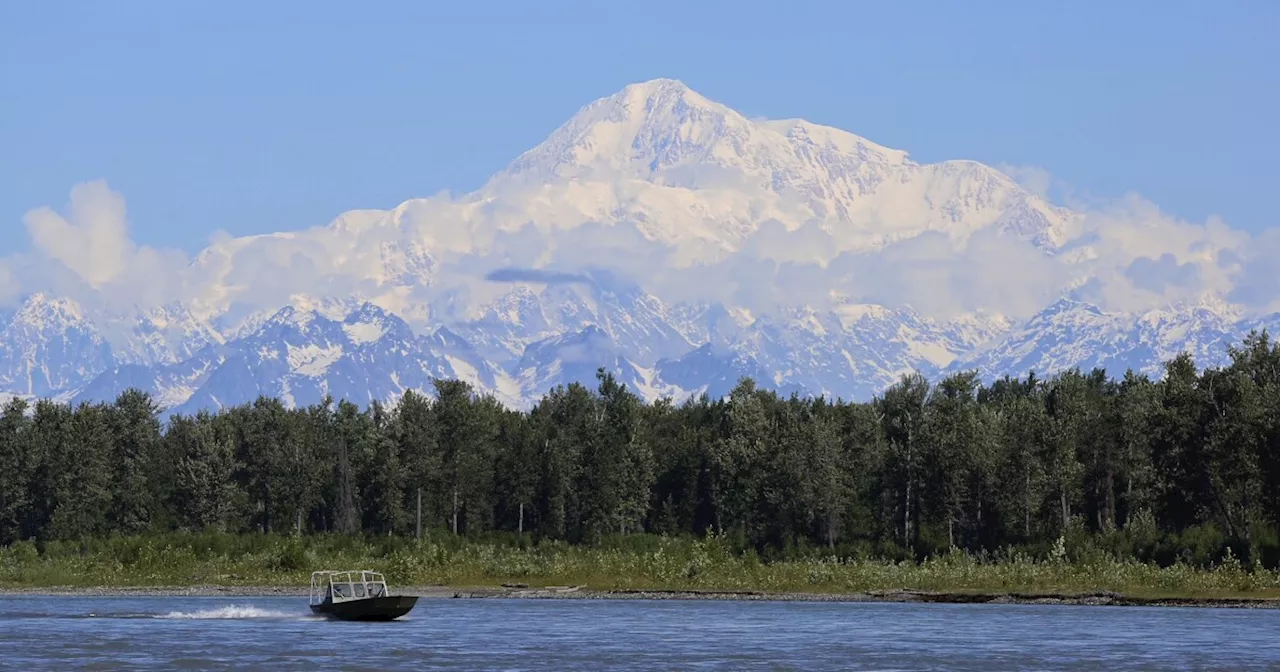 Trump Vows to Revert Mount Denali Back to 'Mount McKinley'President Trump plans to rename Mount Denali back to 'Mount McKinley' during his presidency, sparking debate about honoring indigenous history and cultural recognition.
Trump Vows to Revert Mount Denali Back to 'Mount McKinley'President Trump plans to rename Mount Denali back to 'Mount McKinley' during his presidency, sparking debate about honoring indigenous history and cultural recognition.
Read more »
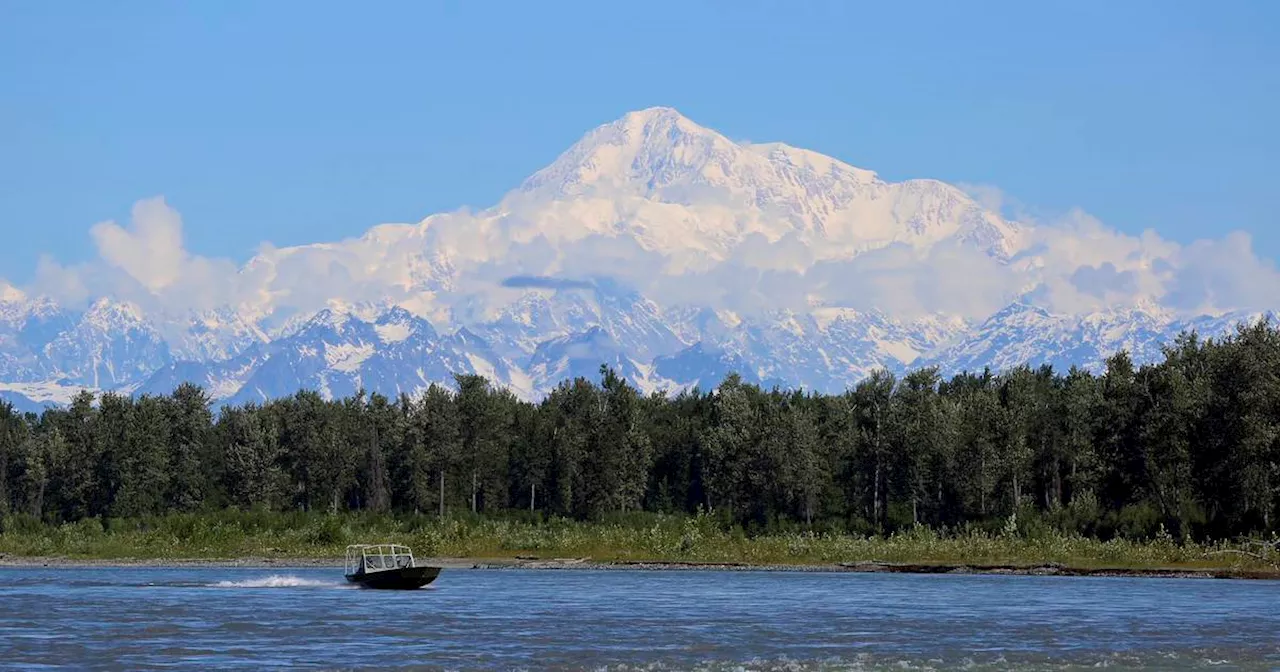 As he takes office, Trump says he’s changing the name of Denali to Mount McKinleyThe president was set to make the name change through one of dozens of executive orders he is expected to sign on Monday. Former President Barack Obama’s administration ordered that the mountain be renamed as Denali in 2015.
As he takes office, Trump says he’s changing the name of Denali to Mount McKinleyThe president was set to make the name change through one of dozens of executive orders he is expected to sign on Monday. Former President Barack Obama’s administration ordered that the mountain be renamed as Denali in 2015.
Read more »
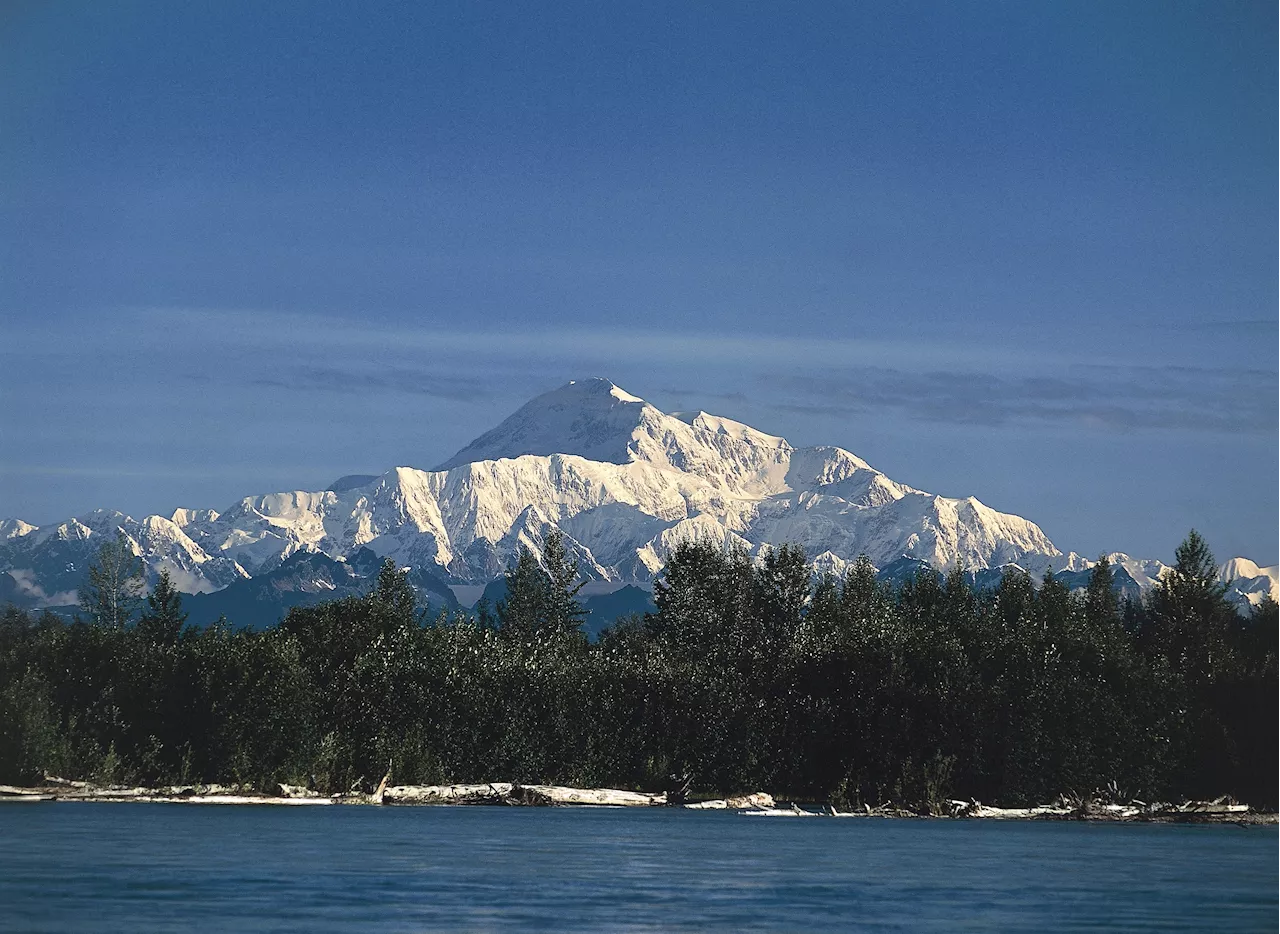 Trump's Controversial Plans to Rename the Gulf of Mexico and Mount DenaliPresident Trump's inaugural address included proposals to rename the Gulf of Mexico to the 'Gulf of America' and Mount Denali back to Mount McKinley. While the former faces international complexities, the latter has sparked controversy, with Alaskan officials and indigenous groups opposing the change.
Trump's Controversial Plans to Rename the Gulf of Mexico and Mount DenaliPresident Trump's inaugural address included proposals to rename the Gulf of Mexico to the 'Gulf of America' and Mount Denali back to Mount McKinley. While the former faces international complexities, the latter has sparked controversy, with Alaskan officials and indigenous groups opposing the change.
Read more »
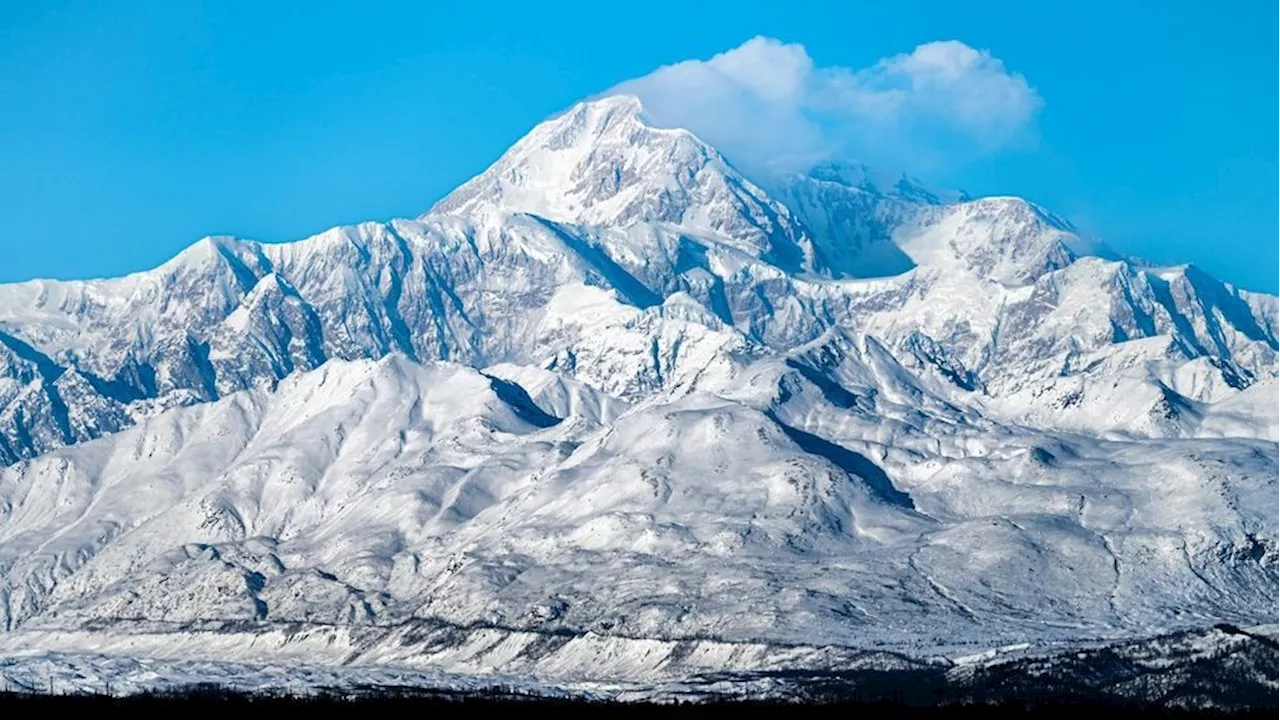 Trump Vows to Rename Denali to Mount McKinleyPresident Trump announced his intention to rename North America's tallest peak, Denali, back to Mount McKinley, reviving a long-standing controversy. He stated his plan during his second inauguration, citing the desire to honor President William McKinley. This move has already faced opposition from Alaska's political leaders and Native American groups who advocate for the preservation of Denali's name.
Trump Vows to Rename Denali to Mount McKinleyPresident Trump announced his intention to rename North America's tallest peak, Denali, back to Mount McKinley, reviving a long-standing controversy. He stated his plan during his second inauguration, citing the desire to honor President William McKinley. This move has already faced opposition from Alaska's political leaders and Native American groups who advocate for the preservation of Denali's name.
Read more »
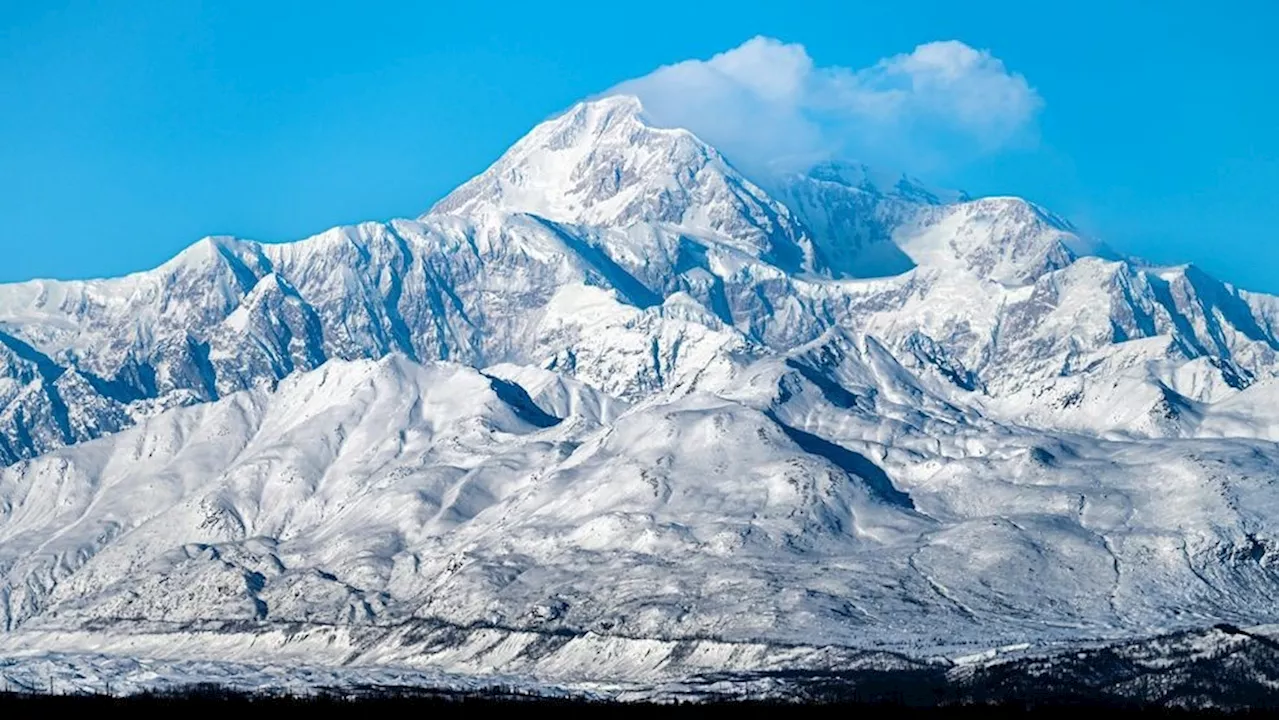 Trump vows to rename Denali as Mount McKinleyPresident Trump announced plans to change the name of North America's tallest peak, Denali, back to Mount McKinley, igniting a debate that has been raging for decades. This move is met with resistance from Alaska officials and Native American groups who prefer the name Denali, which means 'the Great One' in the Athabascan language.
Trump vows to rename Denali as Mount McKinleyPresident Trump announced plans to change the name of North America's tallest peak, Denali, back to Mount McKinley, igniting a debate that has been raging for decades. This move is met with resistance from Alaska officials and Native American groups who prefer the name Denali, which means 'the Great One' in the Athabascan language.
Read more »
 Trump Wants to Change Denali Back to Mount McKinleyPresident Trump, in his inaugural address, sparked controversy by proposing to rename Denali, North America's highest peak, back to Mount McKinley, honoring former President William McKinley. This decision faces strong opposition from Alaskan officials and indigenous communities who prefer the traditional Athabascan name 'Denali'.
Trump Wants to Change Denali Back to Mount McKinleyPresident Trump, in his inaugural address, sparked controversy by proposing to rename Denali, North America's highest peak, back to Mount McKinley, honoring former President William McKinley. This decision faces strong opposition from Alaskan officials and indigenous communities who prefer the traditional Athabascan name 'Denali'.
Read more »
